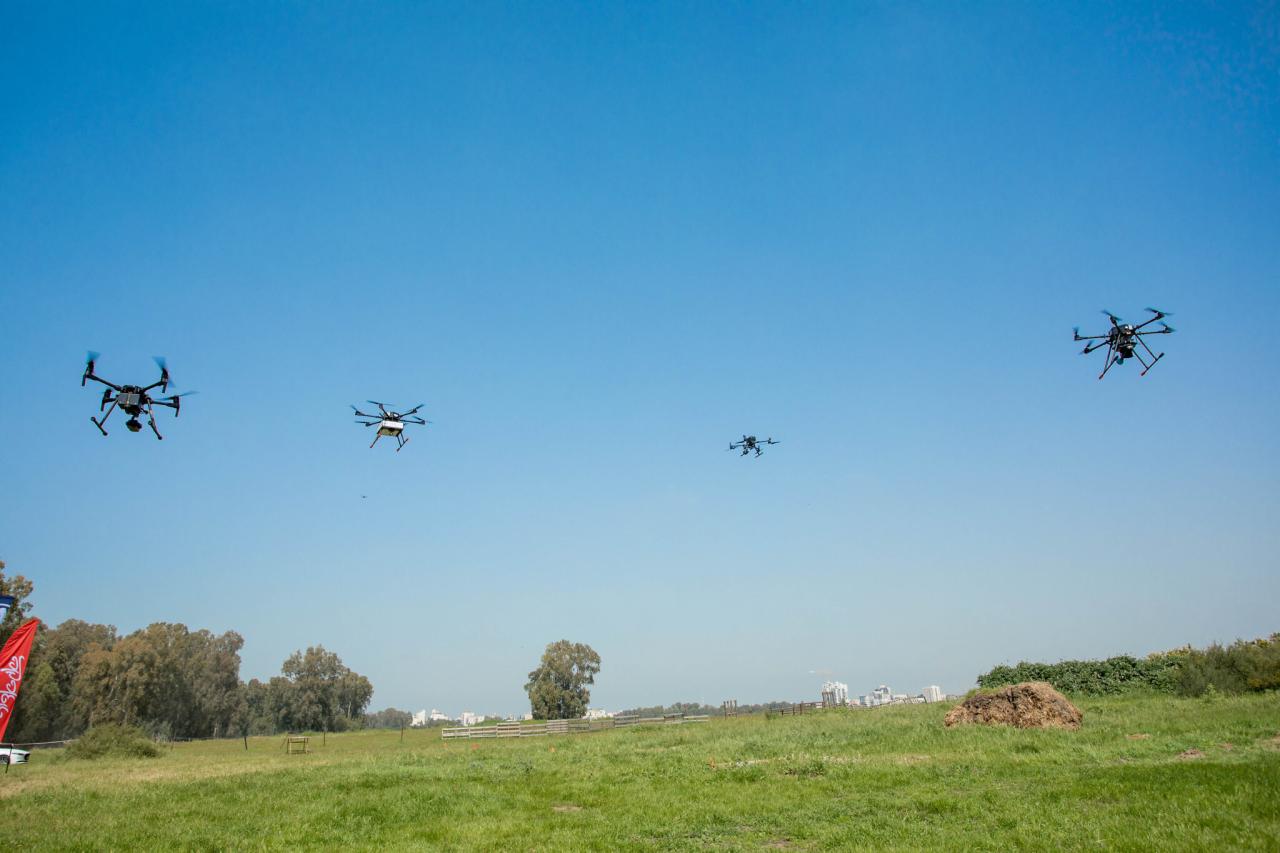Sky elements drones are revolutionizing atmospheric research. These unmanned aerial vehicles (UAVs) offer a cost-effective and flexible alternative to traditional methods like weather balloons and satellites for collecting crucial atmospheric data. Equipped with an array of sensors, they can measure temperature, pressure, humidity, wind speed, and other vital parameters, providing high-resolution data across various geographical locations and altitudes. This allows for a more granular understanding of atmospheric phenomena, ultimately enhancing weather forecasting accuracy and supporting various environmental monitoring initiatives.
The integration of advanced sensor technology with sophisticated drone platforms enables the collection of real-time, spatially resolved data on atmospheric conditions. This data, once processed and analyzed, offers unprecedented insights into weather patterns, pollution dispersion, and climate change dynamics. Furthermore, the ability to deploy drones rapidly to specific locations makes them invaluable for responding to urgent situations, such as monitoring severe weather events or assessing the impact of natural disasters.
Sky Elements Drones: Revolutionizing Atmospheric Data Acquisition
The integration of drone technology with atmospheric research is rapidly transforming our understanding of sky elements. Drones offer a cost-effective and flexible alternative to traditional methods, providing high-resolution data at a granular level previously unattainable. This article explores the current state, applications, challenges, and future directions of this innovative technology.
Current State of Drone Technology in Atmospheric Research
Current drone technology employed in atmospheric research utilizes a range of sensors to collect data on various sky elements. These sensors are miniaturized and often lightweight, allowing for integration onto various drone platforms. Commonly used sensors include those measuring temperature, pressure, humidity, wind speed and direction, and even specialized sensors for detecting atmospheric pollutants or radiation levels. Advanced drones are equipped with GPS and inertial measurement units (IMUs) for precise geolocation and orientation data, crucial for accurate data interpretation.
The increasing availability of smaller, more powerful batteries is steadily expanding the operational range and endurance of these drones.
Drone Equipment for Sky Element Measurement
Drones are equipped with a variety of sensors to measure atmospheric parameters. Temperature sensors, often thermocouples or thermistors, provide accurate temperature readings at different altitudes. Pressure sensors, like barometric altimeters, measure atmospheric pressure, which is crucial for determining altitude and atmospheric density. Humidity sensors, such as capacitive or resistive sensors, measure the amount of water vapor in the air.
Anemometers, or ultrasonic wind sensors, measure wind speed and direction. Furthermore, some drones can carry more specialized equipment like spectrometers for gas analysis or lidar for cloud profiling.
Advantages and Limitations of Drone-Based Data Acquisition
Compared to traditional methods, drones offer several advantages. They are significantly more cost-effective than deploying weather balloons frequently, particularly for localized studies. Their maneuverability allows for targeted data collection in specific areas of interest, unlike satellites which provide broader, less detailed coverage. Real-time data transmission is possible with many drones, enabling immediate analysis and response to changing conditions.
However, limitations exist. Drone flight times are restricted by battery life, limiting the duration of data collection missions. Weather conditions, such as strong winds or precipitation, can hinder drone operations. Furthermore, regulatory restrictions on airspace usage can complicate deployment in certain areas.
Hypothetical Drone System for Atmospheric Phenomena Monitoring
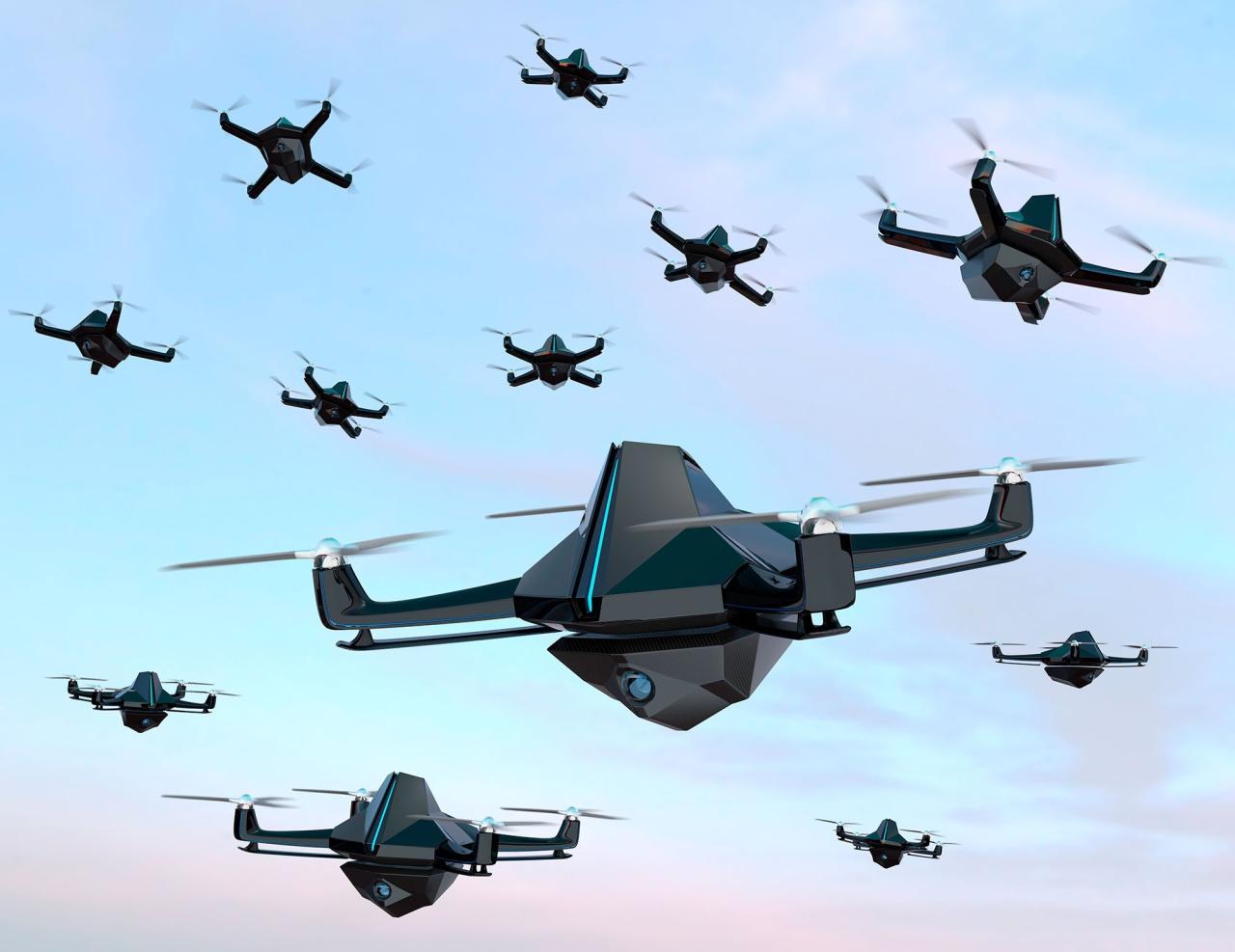
A hypothetical drone system optimized for monitoring cloud formation and lightning strikes would incorporate high-resolution cameras capable of capturing visible and infrared imagery, along with electric field sensors to detect changes in the atmospheric electric field preceding lightning strikes. The drone would utilize advanced GPS and IMU systems for precise positioning and orientation, ensuring accurate data georeferencing. The system would also incorporate data transmission capabilities for real-time monitoring and analysis, enabling rapid responses to developing weather events.
Multiple drones could be deployed in a coordinated fashion to provide comprehensive coverage of a target area.
Data Analysis and Visualization of Sky Element Drone Data
Processing raw data from sky element drones involves several steps. This includes data cleaning to remove outliers or erroneous readings, calibration to ensure accuracy, and georeferencing to assign precise locations to each data point. Various techniques exist for data visualization, ranging from simple line graphs to complex 3D visualizations. Interactive charts and graphs are particularly useful for exploring trends and patterns.
Data Processing and Visualization Techniques
Raw data undergoes quality control checks to identify and correct or remove errors. Calibration ensures consistency across different sensors and drone deployments. Georeferencing uses GPS and IMU data to link data points to their precise geographic locations. Interactive charts and graphs, created using software like Python’s Matplotlib or R’s ggplot2, allow for dynamic exploration of the data. 3D visualizations can provide a more intuitive understanding of atmospheric phenomena.
Data Visualization for Pattern Identification
Data visualization is crucial for identifying patterns and trends in atmospheric conditions. For instance, visualizing temperature and humidity profiles over time can reveal the formation of atmospheric layers or the development of convective weather systems. Interactive maps can display the spatial distribution of pollutants or other atmospheric constituents. These visualizations enable scientists to identify correlations between different atmospheric parameters and better understand atmospheric processes.
Sky elements drones, with their intricate choreography and vibrant displays, often push technological boundaries. However, even the most advanced systems can experience unforeseen issues, as highlighted by the recent orlando drone show malfunction , which serves as a stark reminder of the complexities involved. This incident underscores the importance of rigorous testing and safety protocols for all sky elements drone operations.
Sample Dataset and User-Friendly Presentation
Consider a hypothetical dataset collected during a single drone flight. The data includes timestamp, altitude, temperature, pressure, humidity, and wind speed. This data can be organized into a table for easy interpretation:
| Timestamp | Altitude (m) | Temperature (°C) | Pressure (hPa) |
|---|---|---|---|
| 2024-10-27 10:00:00 | 100 | 25 | 990 |
| 2024-10-27 10:01:00 | 150 | 23 | 985 |
| 2024-10-27 10:02:00 | 200 | 20 | 980 |
| 2024-10-27 10:03:00 | 250 | 18 | 975 |
This table can be easily extended to include humidity and wind speed data. Interactive charts can then be generated from this data, allowing users to explore the relationships between these variables.
Applications of Sky Element Drones in Different Fields
Sky element drones find applications across a wide range of fields, each benefiting from the high-resolution, localized data they provide.
Meteorology and Weather Forecasting
In meteorology, drones provide valuable data for improving weather forecasting models. High-resolution measurements of temperature, humidity, wind speed, and pressure at various altitudes can significantly enhance the accuracy of weather predictions, particularly for localized weather events. Drones can also be deployed to measure atmospheric conditions in areas inaccessible to traditional weather stations.
Environmental Monitoring and Pollution Control
Drones are instrumental in environmental monitoring and pollution control. They can measure air quality parameters like particulate matter, ozone, and other pollutants, providing detailed maps of pollution hotspots. This information is crucial for identifying pollution sources and implementing effective mitigation strategies. Drones can also monitor the dispersion of pollutants in the atmosphere, aiding in the assessment of environmental risks.
Agriculture and Precision Farming
In agriculture, drones equipped with multispectral or hyperspectral cameras can monitor crop health and identify areas requiring targeted interventions. Data on temperature, humidity, and wind speed can be used to optimize irrigation and fertilization practices, leading to increased crop yields and reduced resource consumption. Drones can also be used to monitor livestock and assess pasture conditions.
Aviation Safety and Air Traffic Management
Sky element drones can enhance aviation safety by providing real-time data on wind shear, turbulence, and other atmospheric conditions that can impact aircraft operations. This information can be used to improve flight planning and reduce the risk of accidents. Furthermore, drones can assist in air traffic management by providing data on airspace conditions, improving the efficiency and safety of air travel.
Challenges and Future Directions of Sky Element Drones
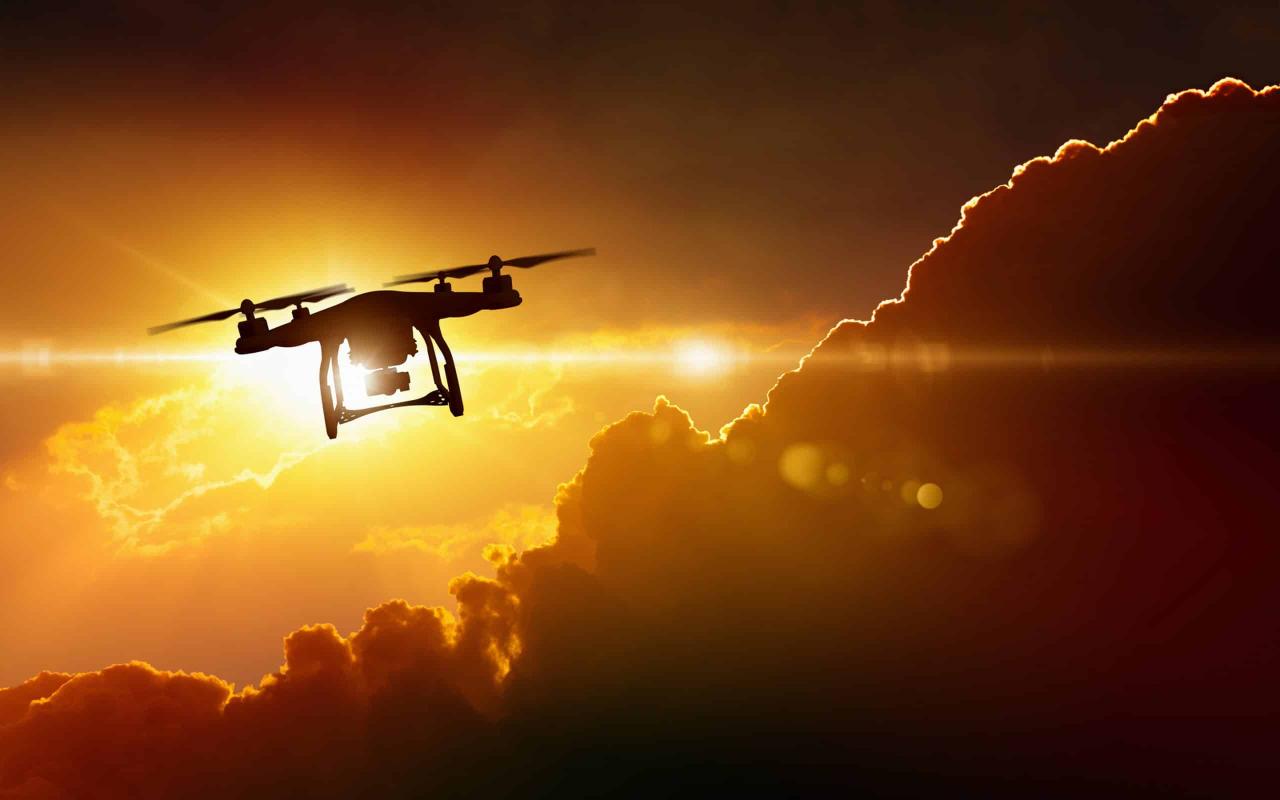
Despite their advantages, several challenges hinder the widespread adoption of sky element drones. Technological advancements and regulatory frameworks are crucial for addressing these limitations.
Sky elements drones, with their intricate choreography and vibrant displays, are transforming the way we experience aerial spectacles. For a prime example of this evolving technology, check out the stunning visuals of the florida drone show , a testament to the artistry and innovation within the drone industry. The show highlights the potential of sky elements drones to create truly breathtaking performances.
Technological Challenges and Solutions
Technological challenges include extending battery life and operational range, improving sensor accuracy and reliability, and developing more robust data processing algorithms. Solutions include exploring alternative power sources, such as solar power or fuel cells, developing more energy-efficient sensors, and employing advanced machine learning techniques for data analysis.
Regulatory Hurdles and Safety Concerns
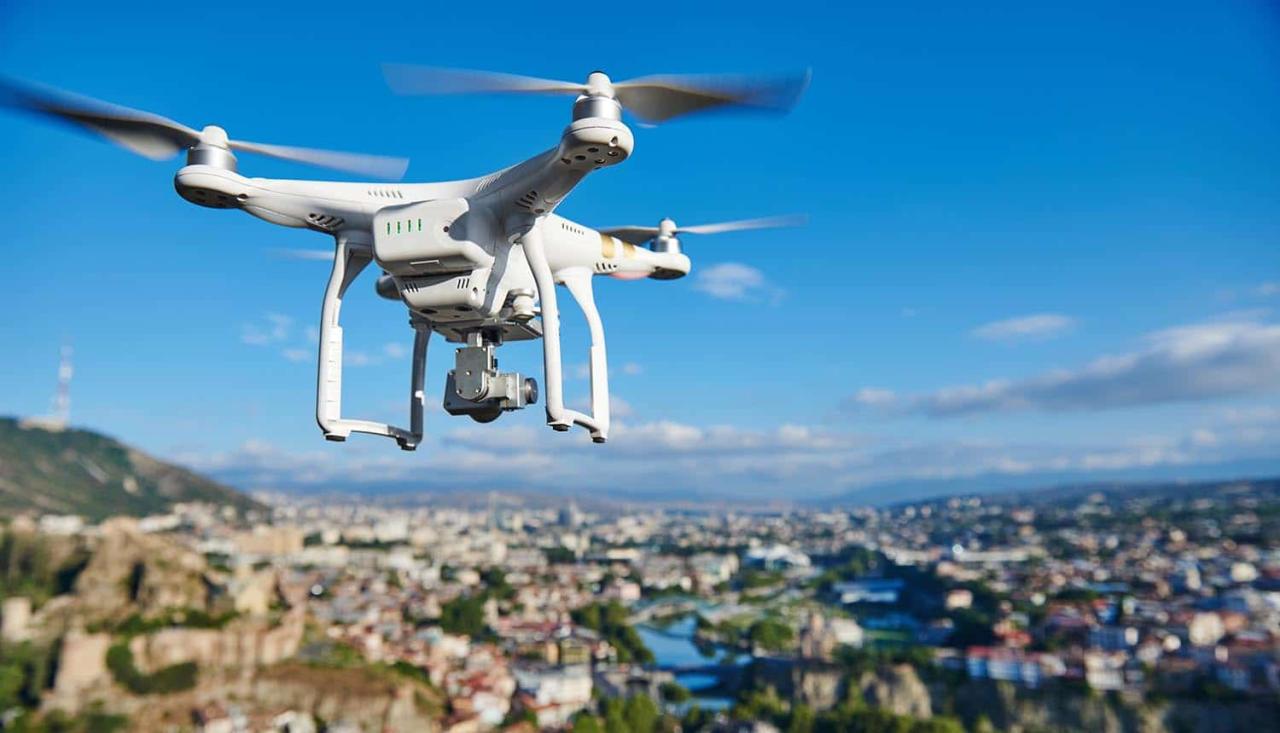
Regulatory hurdles include obtaining necessary permits and licenses for drone operations, ensuring compliance with airspace regulations, and mitigating the risks of drone malfunctions or collisions. Solutions involve establishing clear guidelines and regulations for drone operations, developing advanced safety systems for drones, and implementing robust risk management protocols.
Roadmap for Future Research and Development
- Development of longer-lasting, higher-capacity batteries.
- Miniaturization and improvement of sensors for enhanced accuracy and reliability.
- Development of advanced data processing algorithms for real-time analysis and interpretation.
- Integration of artificial intelligence (AI) for autonomous drone operation and data analysis.
- Establishment of standardized data formats and protocols for interoperability.
- Development of robust safety systems to prevent accidents and mitigate risks.
Illustrative Examples of Sky Element Drone Deployment
Several scenarios highlight the diverse applications of sky element drones.
Monitoring a Severe Weather Event, Sky elements drones
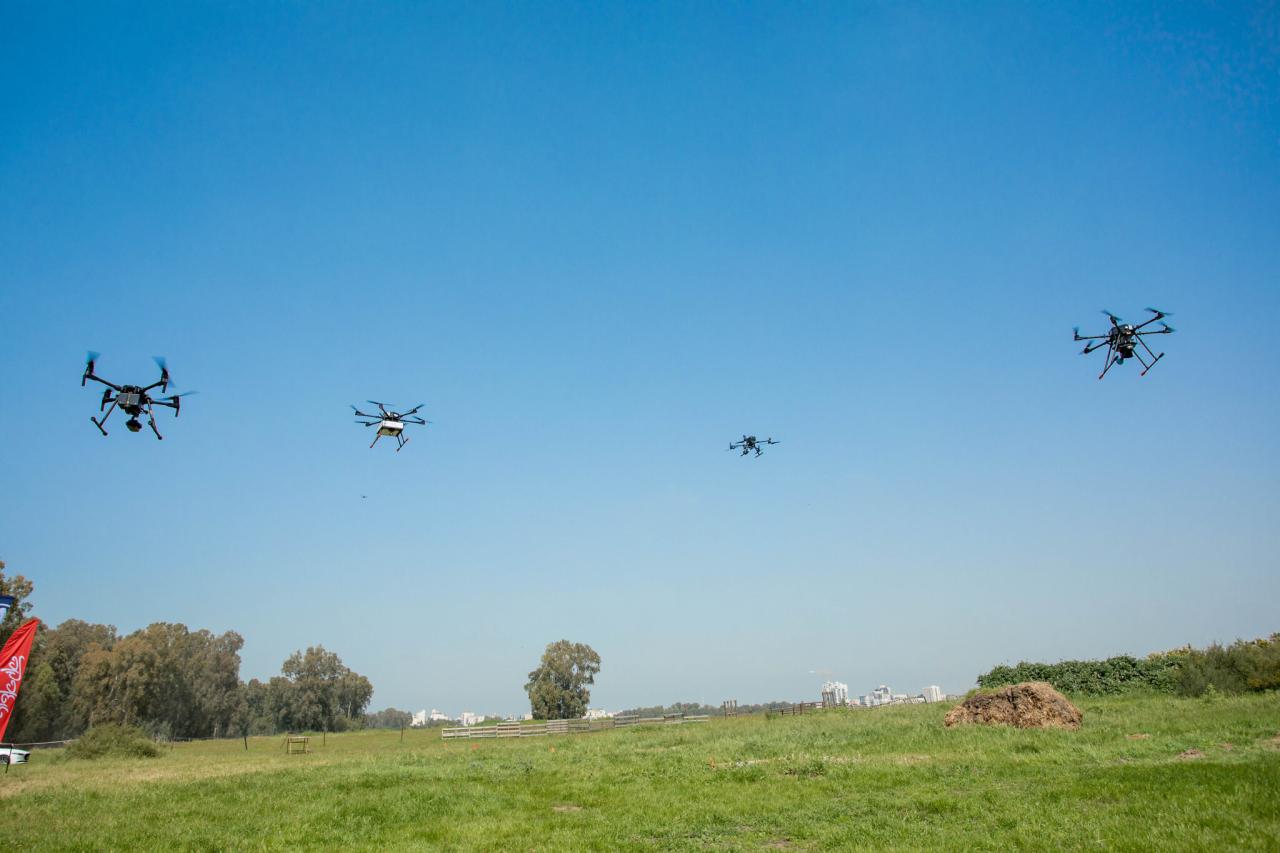
Imagine a fleet of 10 drones deployed to monitor a developing hurricane. Each drone, equipped with anemometers, barometric pressure sensors, and high-resolution cameras, is programmed to fly at different altitudes, collecting data on wind speed, pressure, temperature, and humidity profiles. Real-time data transmission provides crucial information on the storm’s intensity and trajectory, enabling timely warnings and evacuation planning. The resulting data helps meteorologists refine storm models and improve predictions, ultimately aiding disaster response efforts.
Hypothetical Drone in Flight
A vivid image shows a quadcopter drone, approximately 50cm in length, equipped with a suite of sensors including anemometers mounted on extendable booms for accurate wind measurements, a high-resolution camera for visual observation, and a GPS module for precise positioning. The drone is depicted against a backdrop of cumulonimbus clouds, illustrating its operation in a challenging atmospheric environment. The sensors are clearly visible, and the drone’s stability and maneuverability are evident in its flight posture.
Infographic: Sky Element Drones in Renewable Energy
An infographic showcases the benefits of sky element drones in wind energy. One section displays a map illustrating the spatial distribution of wind speeds measured by a drone fleet, highlighting areas with optimal wind resources for wind turbine placement. Another section depicts the cost savings achieved through optimized turbine placement and reduced maintenance costs enabled by drone-based inspections.
Finally, a graph illustrates the increase in energy production and reduced environmental impact due to improved wind farm efficiency. The overall message highlights the economic and environmental benefits of utilizing sky element drones in the renewable energy sector.
The use of sky elements drones represents a significant advancement in atmospheric research and data collection. Their ability to provide high-resolution, real-time data offers numerous advantages over traditional methods, leading to improvements in weather forecasting, environmental monitoring, and various other fields. While challenges remain in terms of technology, regulation, and operational limitations, ongoing research and development efforts promise to overcome these hurdles, paving the way for even wider adoption and further advancements in this rapidly evolving field.
The future of atmospheric data acquisition is undoubtedly intertwined with the continued innovation and deployment of these versatile aerial platforms.
Top FAQs
What are the typical costs associated with deploying sky element drones?
Costs vary widely depending on drone specifications, sensor payload, operational duration, and data processing needs. Initial investment includes the drone system itself, sensors, software, and potentially specialized training. Ongoing expenses cover maintenance, battery replacements, and data storage/analysis.
How long can sky element drones typically stay aloft?
Sky elements drones are increasingly sophisticated, offering breathtaking aerial displays. For a prime example of this technology in action, check out the spectacular visuals at the orlando drone show , showcasing the latest advancements in drone choreography and lighting effects. The innovations presented there directly influence the future development of sky elements drones and their capabilities.
Flight time depends heavily on battery capacity, payload weight, and environmental conditions (wind speed, temperature). Current drone technology allows for flight durations ranging from a few minutes to several hours, with advancements continually pushing these limits.
What safety measures are in place to prevent drone accidents?
Safety protocols include pre-flight checks, adherence to airspace regulations, use of redundant systems, and implementation of emergency landing procedures. Operators are typically required to obtain licenses and undergo training to ensure safe and responsible operation.
What data security measures are employed to protect sensitive atmospheric data?
Data security involves employing encryption techniques during transmission and storage, implementing access control measures, and complying with relevant data privacy regulations. Secure data handling practices are essential to protect the integrity and confidentiality of collected atmospheric information.
